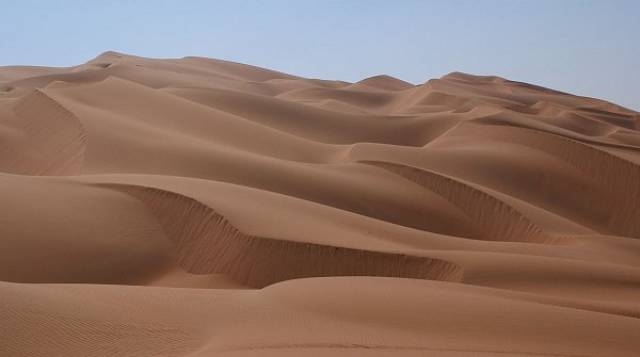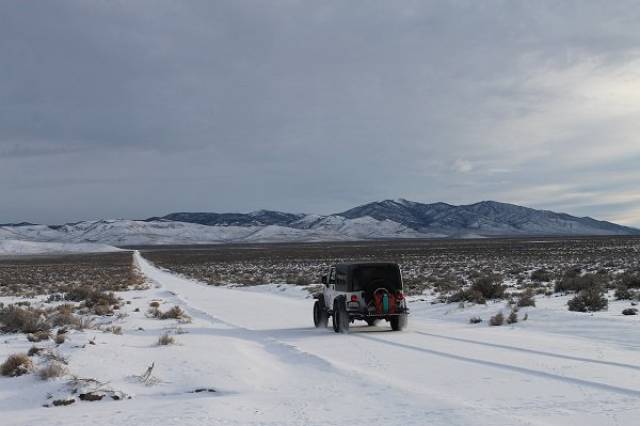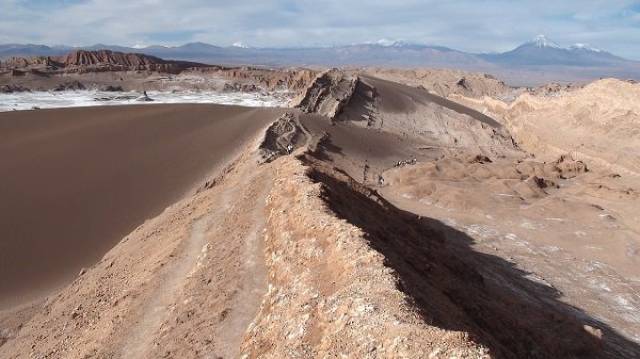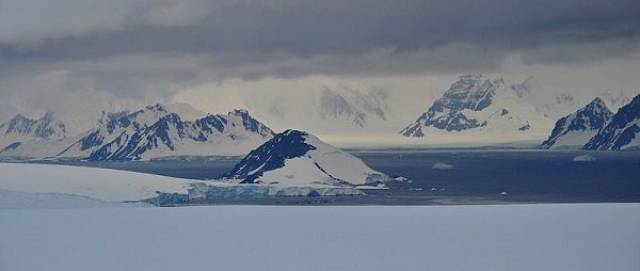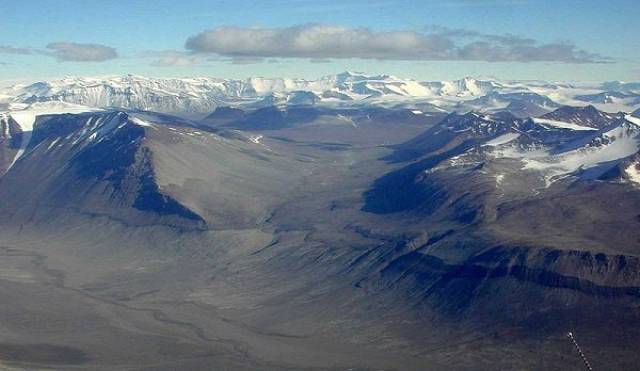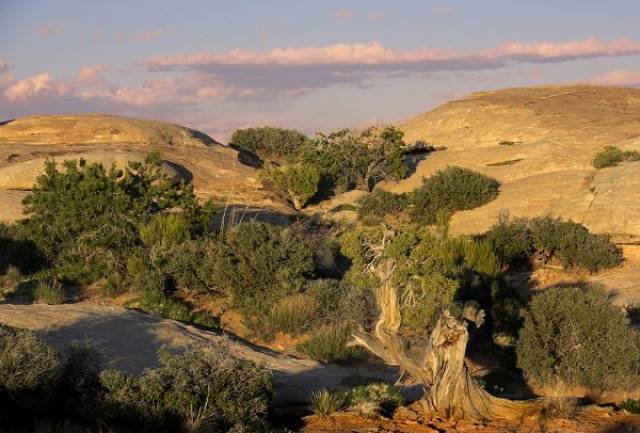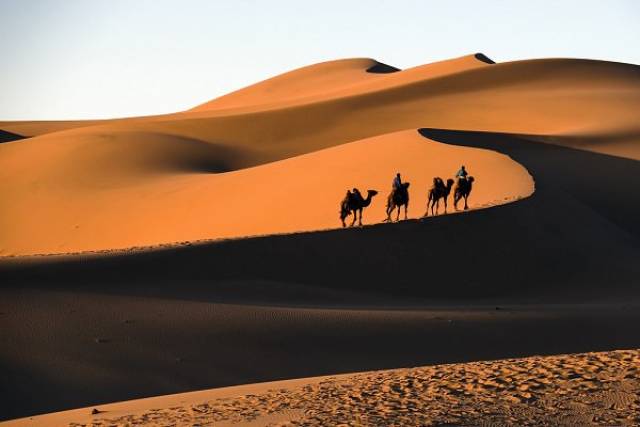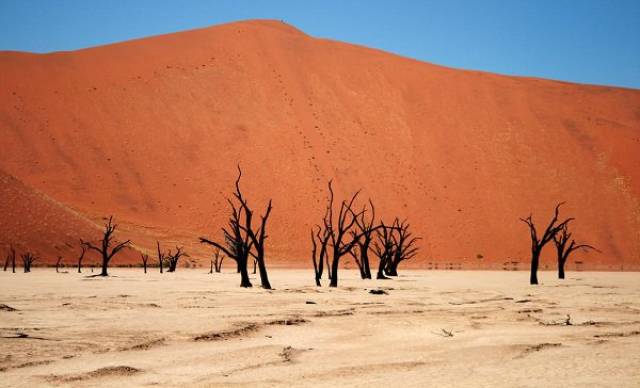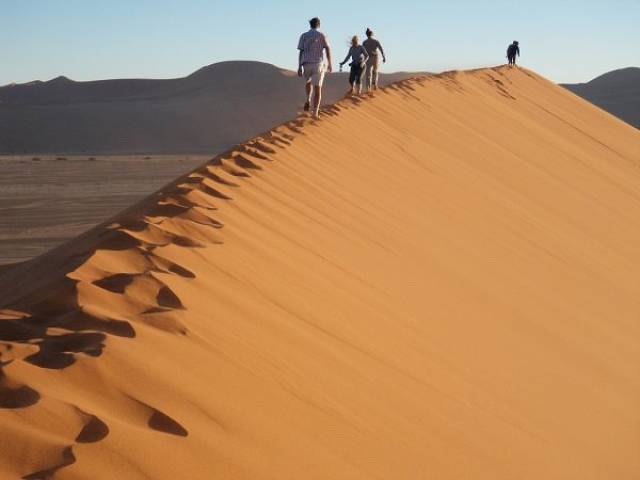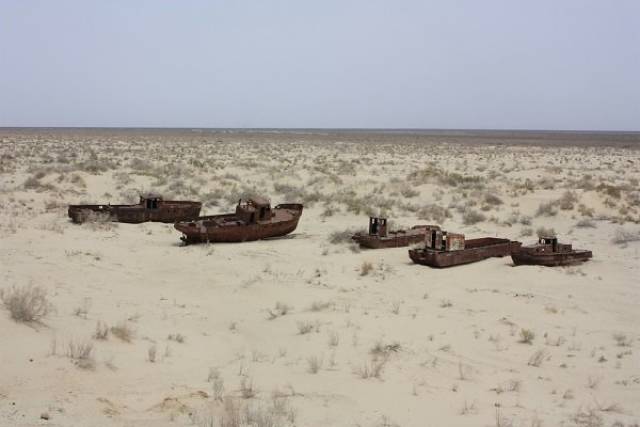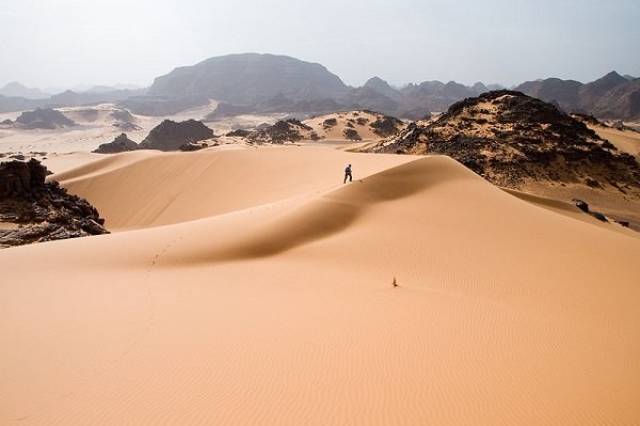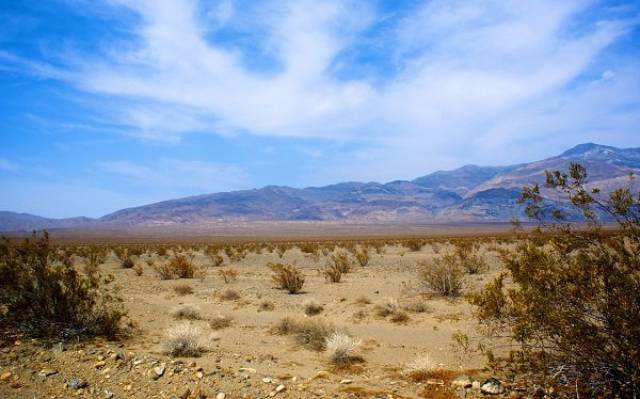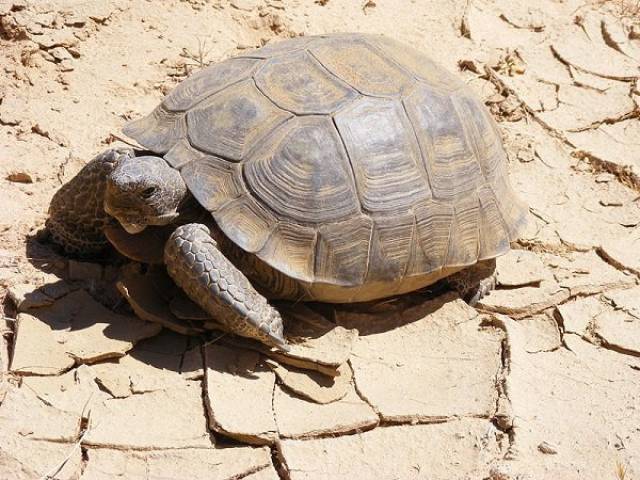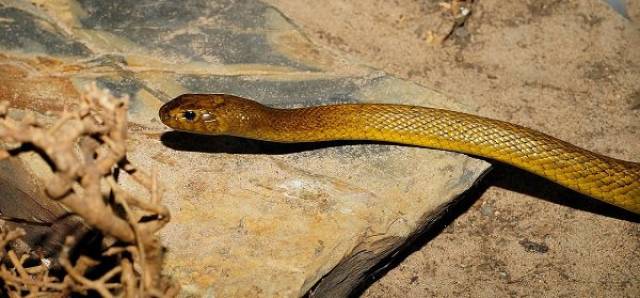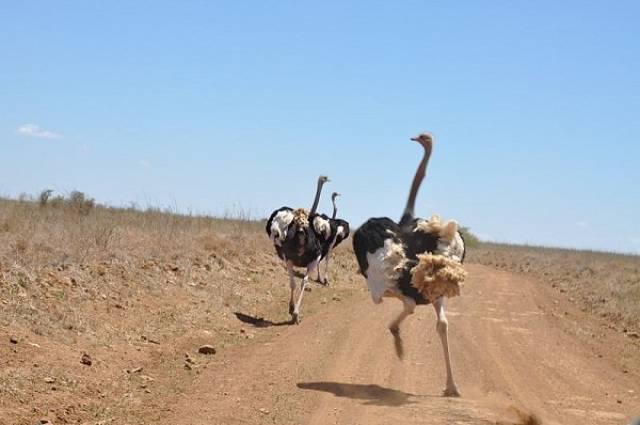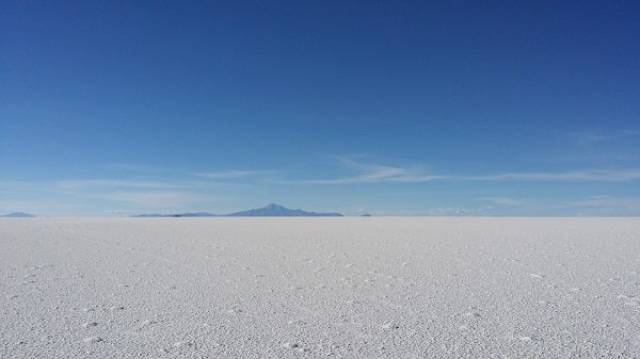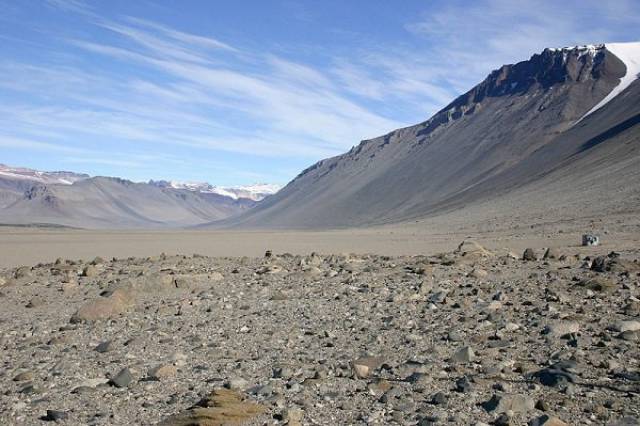While most people picture a desert to be hot and sandy, a desert is technically described as any place that receives less than 40 cm (16 inches) of precipitation per year.
That means that even this is a desert. Arctic and Antarctic deserts are also called polar deserts.
Approximately one third of the Earth’s surface is covered in desert landscape.
Around 46,000 square miles of land turns into desert every year. The reason? Climate change and humans clearing out forests.
The Atacama Desert in Chile is the driest desert in the world. There are parts of this desert that have recorded no rainfall ever since recording began. In fact, some scientists believe that these parts have not seen rain for 40,000,000 years.
With an average temperature of -49°C, the Antarctic Desert is the coldest in the world. Back in 2010, parts of the desert clocked in at -94.7°C, the coldest ever recorded anywhere on earth.
The Antarctic Desert gets less than 20 mm of rain per year, but it contains about 90% of the earth’s fresh water.
Despite being dry and seemingly empty, deserts contain the second-most diverse ecosystems on earth. The first? Rain forests.
The first ever dinosaur eggs ever found were discovered in the Gobi Desert.
The Namib desert is considered to be the oldest in the world. It is estimated to be 55 and 80 million years of age.
The Namib Desert also has some of the tallest sand dunes of any desert, reaching up to 300 meters high.
The Aralkum Desert is less than 50 years old and was created entirely by man-made disturbances.
Scientists are saying that the Sahara is actually shrinking. Each year, it seems that the edges are getting greener. This is said to be a result of climate change.
The driest place in the United States is the Mojave Desert, receiving less than 5 inches of rain per year.
The Mojave is home to the desert tortoise, which is one of the most resilient animals on earth. It can even survive without water for a year.
The Inland Taipan, found in Australian Deserts, is the fiercest desert snake on earth. It is also considered one of the most venomous snakes out there.
The largest bird in the desert is the ostrich. Their claws are 30 cm in length and are razor sharp.
During summer in the Arctic Desert, the sun doesn’t set for 60 days.
Antarctica is the only continent on earth that is entirely covered in desert.
Despite the stories, the Camel Spider is not harmful to humans. They do look incredibly menacing, but they prefer to eat small insects.

